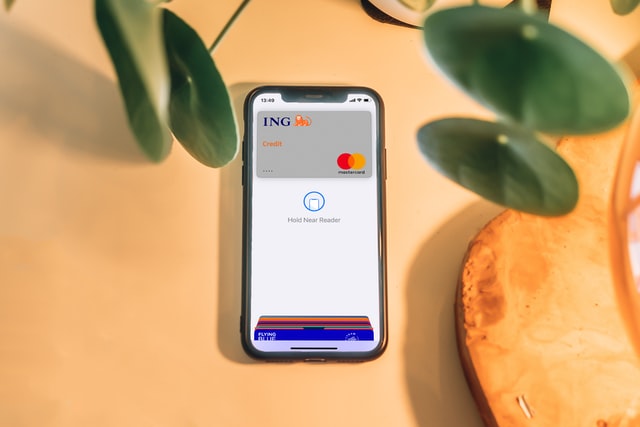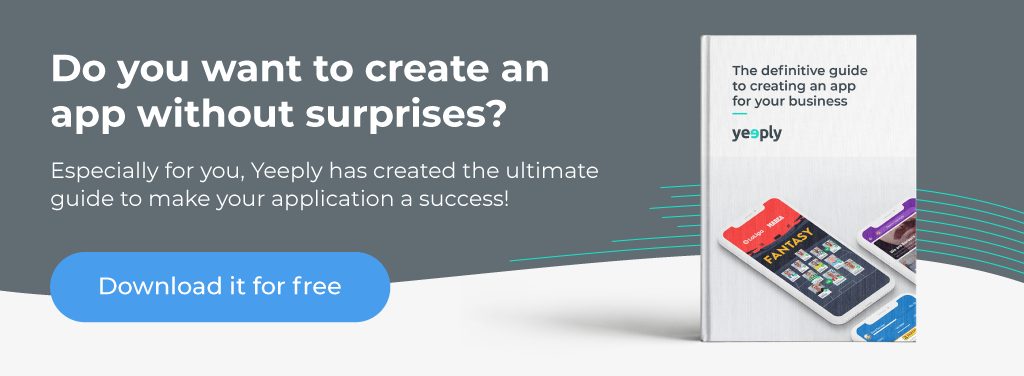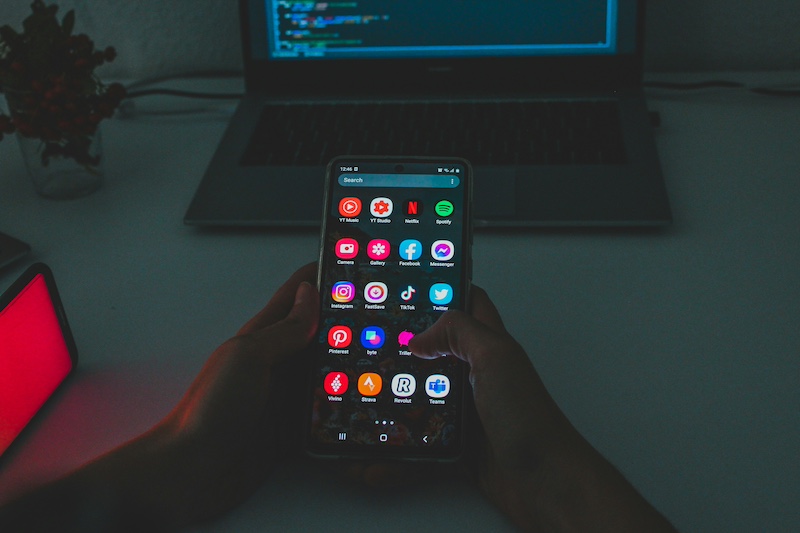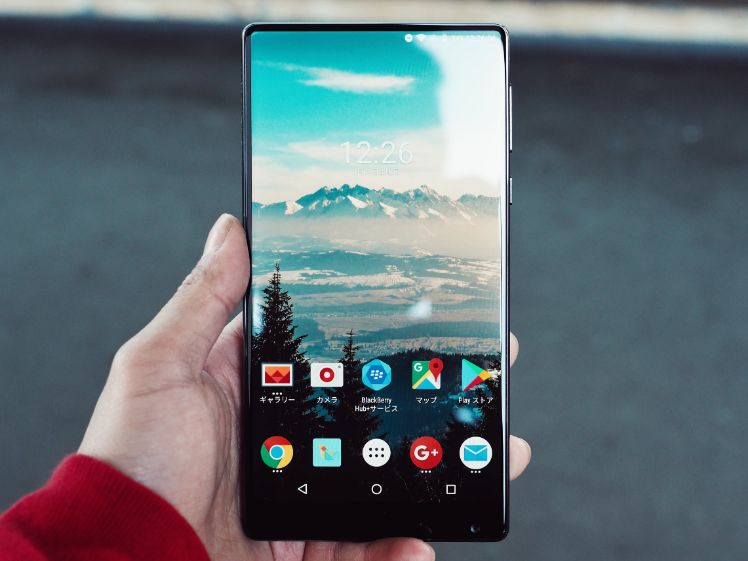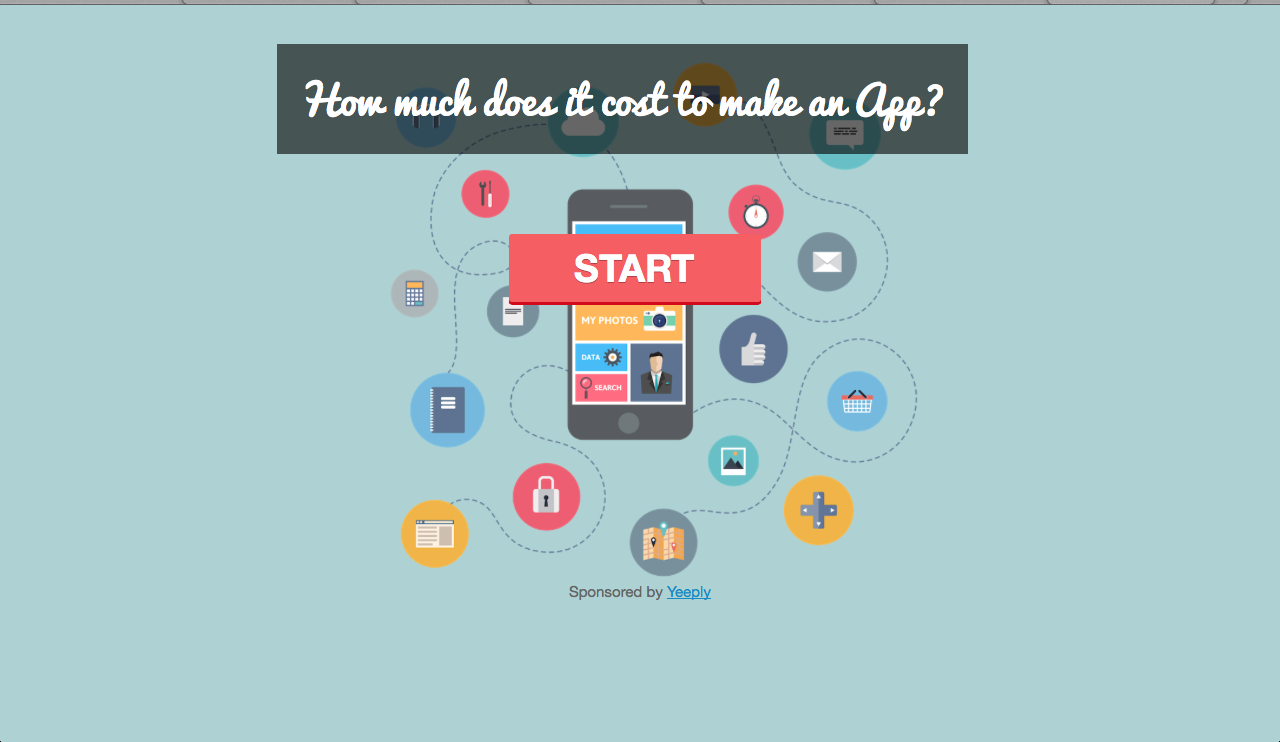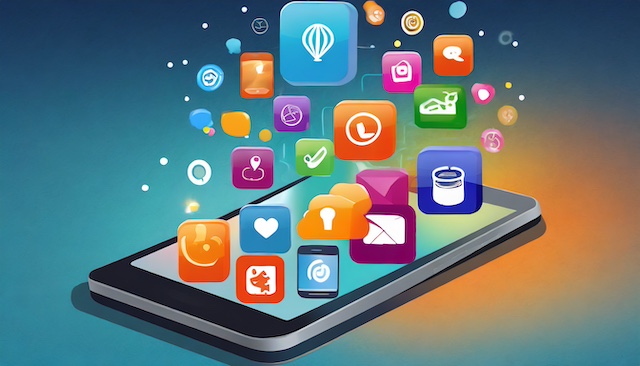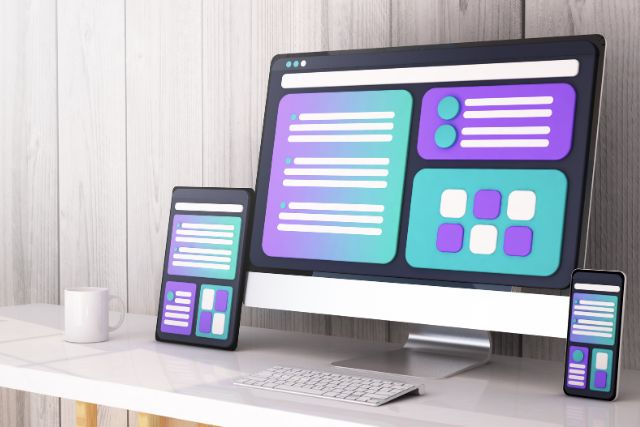Bizum (Spain) or PayPal are P2P apps that you have probably used at some point. These are P2P payments that allow you to transfer money between people so quickly and easily that they are replacing more traditional means of payment and changing the rules of the game in terms of transactions both nationally and internationally.
Index
- What are P2P payment applications?
- Numbers and facts
- Benefits of P2P payment applications
- Examples of P2P applications
- Risks of P2P payment applications
What are P2P payment applications?
P2P payments, or Peer to Peer applications, are applications that facilitate mobile money transactions. You can use them to pay for anything, such as your rent or a dinner bill with friends. These apps, therefore, allow you to send money quickly anytime, anywhere.
There are already businesses that accept this form of payment for different products or services and FinTech companies, for example, have started to change the way they provide financial services. Previously, they used classic providers such as banks or post offices for payments and transfers between countries, but these systems require more time and management costs, so FinTechs are moving to P2P.
However, not all mobile payment applications support P2P transfers.
Microsoft Pay, Samsung Pay or Apple Pay are mobile apps that can be used to make in-store purchases, like your bank card, but they cannot transfer money to another person. These are the so-called wallet apps, e-wallets or mobile payment apps.
Then there are P2P apps that do allow you to transfer money from person to person. All you need is a mobile phone, an internet connection and your P2P app, which you must link to your bank account. And with that, you are ready to make instant payments without having to carry cash. Some examples of these popular P2P applications in our country are Bizum or Twyp.
? Related article: M-wallets: an opportunity for on-demand app development
Numbers and facts
- Globally, the total value of transfers made via payment apps was €59 billion in 2018 and is forecast to grow to €121 billion by 2022.
- In Spain, the forecasts are also for growth, but with more modest figures, rising from €37 million in 2018 to €60 million by 2022.
- The number of users worldwide is expected to rise from 181 million in 2018 to 188 million by 2022. The average transaction value per user is expected to rise from €327 in 2018 to €644 in 2022.
- In the US, the total number of P2P app users will grow by almost 30% to 82.5 million people, equivalent to 40.5% of US smartphone users.
- P2P payments are currently used by more than 62% of US millennials.
Benefits of P2P payment applications
The main benefits of P2P applications are:
Ease of use, as all you need, is a bank account that provides this P2P service and to has registered and downloaded the application to your mobile phone.
Speed, as there is no waiting, no queues and it sends money instantly.
Practicality, because the sender and receiver of the money do not need to be in the same place, nor do they need ATMs or a separate card.
P2P applications improve scalability and trust, through optimal use of bandwidth that produces a system with no disconnection failures, as well as better support for users.
They also increase privacy and anonymity. On a central server, it is difficult to ensure privacy, whereas by using P2P architecture users can avoid giving information to third parties.
Examples of P2P applications
57% of adults aged 50+ have ever used P2P payment services such as PayPal, Venmo, and Zelle, but only 15% of these use them regularly.
However, among adults aged 18-49, 84% use digital payment applications, and 28% of these users do so frequently.
- PayPal, Square Cash and Venmo focus on sending funds between users and are popular for both casual and commercial transactions.
- Google Pay and Apple Pay Cash can be used to make person-to-person payments or send money to a user’s contacts. Apple’s iMessage messaging service iMessage supports Apple Pay Cash and allows its users to send funds directly from a text chat.
- Facebook has also started experimenting with P2P payments with its own chat app, Facebook Messenger, apparently inspired by WeChat and Line.

Risks of P2P payment applications
Reports suggest that most users, across all age groups, are unaware of the great potential for fraud that can exist in payment apps.
P2P applications are generally safe and the biggest security risk is often not the application code, but the user’s failure to take adequate measures to protect their information.
53% of respondents said they had used P2P to pay for an item purchased online from someone they did not know, and 52% did not know that P2P payments cannot usually be reclaimed if they turn out to be incorrect or fraudulent.
? You may be interested in Blockchain’s Possible Impact on Marketing
The main risks we face are falling victim to identity theft or accidentally sending money to the wrong person if we are not careful.
Many P2P providers, to avoid mishaps, take certain precautions, ranging from passwords to notifications confirming that users have actually transferred the money. But as users, we can also take action:
Use a unique password: You should avoid using the same password for more than one service and use a combination of numbers, upper and lower case letters, and symbols.
Enable email notifications: so that an email is sent to you every time money is sent from your account.
Send money only to people you know. Many peer-to-peer transactions are instant and irreversible.
Keep your application up to date. If you have old software, you will be missing the latest security patches.
Conclusion
Many smartphone banking P2P apps already support P2P payment functionality. This new way of making bank transfers makes these transactions much faster and more efficient than traditional models and cheaper for their users.
These apps existed before COVID, but because of the pandemic’s fear of using physical money for contagion, this type of payment has become commonplace for all age groups.
These applications have become so commonplace that some banks have already been conducting tests in their corporate centers to incorporate facial recognition payments.
Although this is a promising development, there is still a lot to be developed and defined, especially in terms of security and privacy issues.
One thing that P2P applications must emphasise is the protection of their users. It is often very difficult for consumers who read the agreements to understand their rights and obligations in case of financial error or fraud.
Some P2P applications try to mediate a dispute, but will not refund money if they cannot negotiate a settlement with the other party. Other banking or credit card services are available to help victims of fraud, but there is no guarantee of success.
Many argue that the Consumer Financial Protection Bureau should extend the protections of the Electronic Fund Transfer Act so that users of P2P applications are protected from unauthorised transactions and fraud.
Ultimately, systems and controls must be constantly improved to help prevent, detect and report fraudulent use of these applications.

